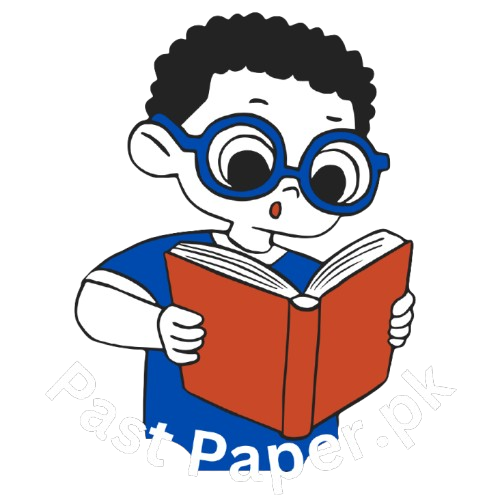CSS Public Administration Past Paper 2018
PART-2(Subjective) 80 Marks
Attempt ONLY FOUR questions from PART-II. (20×4)
PART-II
Q2. Traditional managerial approach to public administration stresses the need for rationality in decision-making. List and discuss the necessary steps to be taken to develop a rational comprehensive model in decision-making. Also, give a specific, comprehensive, and logical critique of the same model.
Q3. There is a point of view given by some scholars that traditional bureaucratically organized public administration is broke, broken, and inefficient, and consequently, the public has lost faith in government institutions. The image of both the federal and provincial governments is feared badly. Give your suggestions on how to improve the systems, procedures, and processes of government institutions in Pakistan.
Q4. Leadership is a process and not a position. It is the ability to influence a group towards the achievement of legitimate goals. Identify the three phases of the development of leadership theories. Also, mention some of the common traits, qualities, and skills of effective and exceptional public administrators.
Q5. Public administration is an activist part of government. Systematic policy formulation and implementation becomes a standard public administration function. Discuss some of the common conditions/factors which are fatal to the effective implementation of public policy in a country like Pakistan.
Q6. Corruption is an evil which has played havoc in the socio-economic development of societies. Also, the sources of corruption are similar in all public administrative settings. Having this in mind, what are the various types, causes, and how to control corruption in public sector organizations?
Q7. Discuss why it may be in the best interest of both the public and government for administrators to have a public administration background rather than a degree in economics, political science, or business studies.
Q8. Write a comprehensive note on any two of the following:
(a) Scientific Management
(b) Human Relation Approach
(c) Theory X and Y of Motivation
